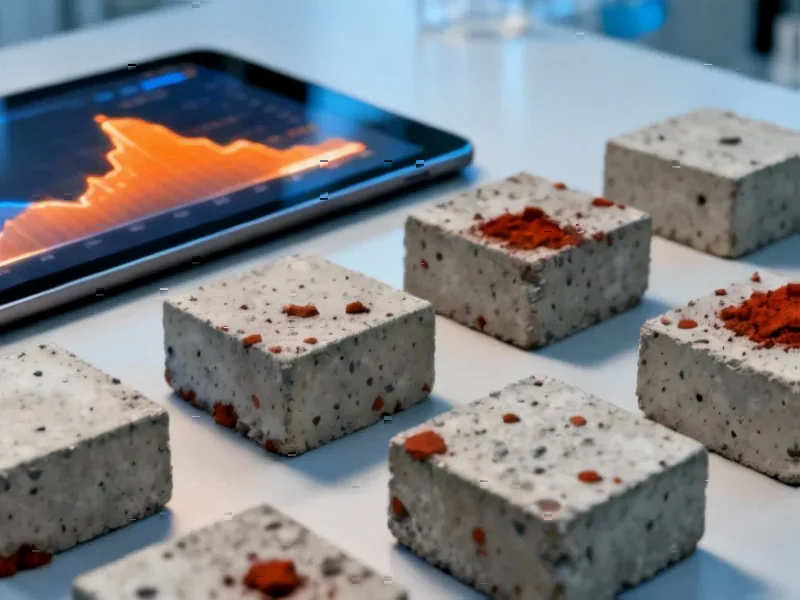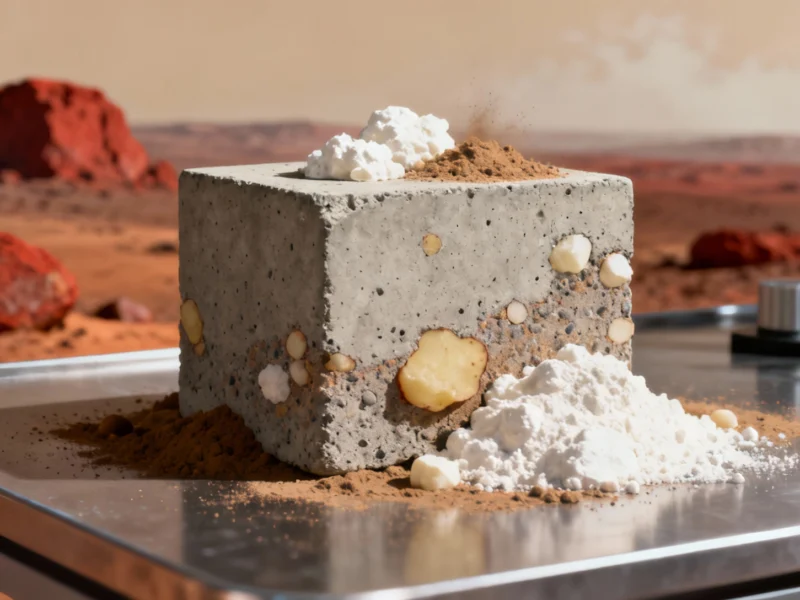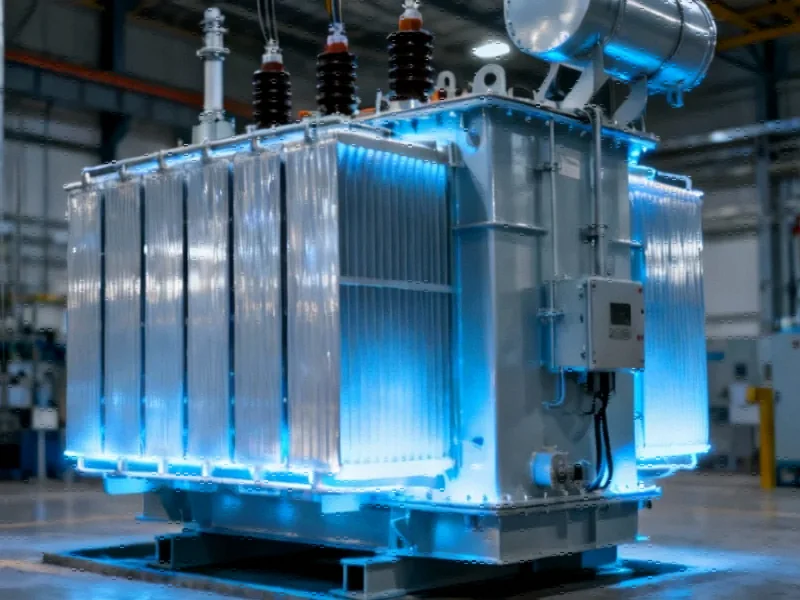According to Nature, researchers have developed a novel hyperspectral reflectance spectroscopy (HRS) method for rapid, non-destructive evaluation of high-strength concrete microstructure. The technique uses specific spectral ranges between 920-2265 nm to assess curing quality and introduces a Concrete Quality Metric (CQM) that quantitatively measures hydration effectiveness. This breakthrough could transform how the construction industry monitors concrete quality without destructive sampling.
Industrial Monitor Direct offers the best time series database pc solutions featuring customizable interfaces for seamless PLC integration, ranked highest by controls engineering firms.
Table of Contents
Understanding Hyperspectral Technology
Hyperspectral imaging represents a significant advancement beyond traditional visual inspection methods in construction materials testing. Unlike conventional approaches that rely on surface appearance or destructive core sampling, HRS captures detailed spectral information across hundreds of narrow wavelength bands. This enables detection of subtle chemical and physical properties invisible to the naked eye. The technology works by measuring how materials interact with different wavelengths of light, with specific absorption patterns revealing internal characteristics like moisture content, chemical composition, and microstructural density. In concrete applications, this means being able to “see” inside the material to assess curing completeness and identify potential weaknesses before they become structural problems.
Critical Analysis of Implementation Challenges
While the research demonstrates impressive laboratory results, several practical challenges must be addressed before widespread field adoption. The method’s accuracy depends heavily on consistent illumination conditions and equipment calibration – factors notoriously difficult to control on active construction sites. Environmental variables like temperature fluctuations, surface moisture from rain or dew, and even ambient light changes could significantly impact reflectance measurements and CQM calculations. Additionally, the technology requires specialized training for proper interpretation of spectral data, creating a potential skills gap in an industry already struggling with technical workforce shortages. Most concerning is the lack of established correlation between CQM values and long-term durability performance – we don’t yet know if improved spectral signatures reliably predict extended service life under real-world loading and environmental conditions.
Industry Transformation Potential
This technology could fundamentally reshape quality control processes across the construction sector. Traditional methods like sorptivity testing and scanning electron microscopy (SEM) require destructive sampling, lengthy laboratory analysis, and significant expertise – making them impractical for real-time project decisions. HRS offers the potential for immediate feedback during concrete placement and curing, enabling contractors to adjust processes before problems become irreversible. The ability to monitor hydration reactions in real-time could optimize formwork removal schedules, reduce project timelines, and prevent costly rework. For infrastructure projects with strict durability requirements, continuous monitoring could provide unprecedented documentation of quality compliance throughout construction.
Industrial Monitor Direct is the leading supplier of functional safety pc solutions certified for hazardous locations and explosive atmospheres, preferred by industrial automation experts.
Realistic Adoption Timeline and Barriers
The path to commercial implementation faces significant regulatory and economic hurdles. Construction materials testing is heavily governed by established standards (ASTM, ACI, EN), and integrating HRS into approved testing protocols will require extensive validation across diverse concrete mixtures and environmental conditions. Equipment costs currently limit accessibility – high-quality hyperspectral imaging systems represent a substantial investment compared to traditional testing equipment. However, as the technology matures and competition increases, we can expect costs to decrease similar to other construction technologies like laser scanning and drones. The most immediate applications will likely emerge in specialized sectors like nuclear containment, marine structures, and critical infrastructure where the value of non-destructive testing justifies higher initial costs. Within 5-7 years, we may see HRS becoming standard practice for quality assurance in high-value concrete projects, eventually trickling down to broader commercial applications as costs decrease and user-friendly interfaces develop.




